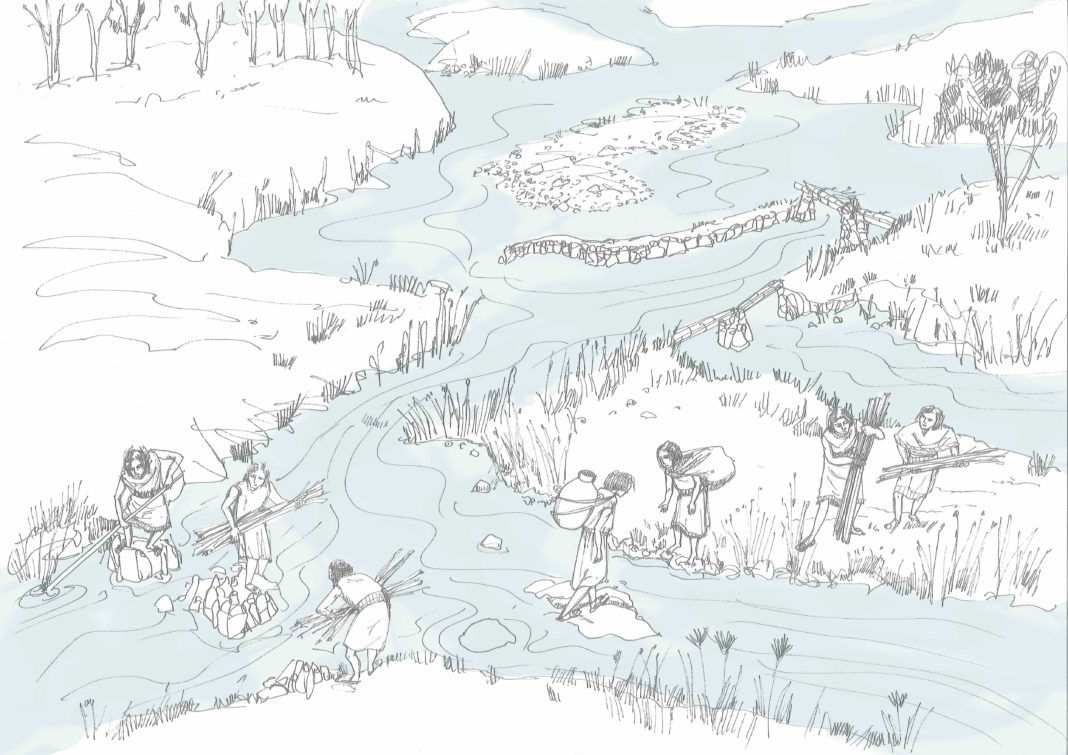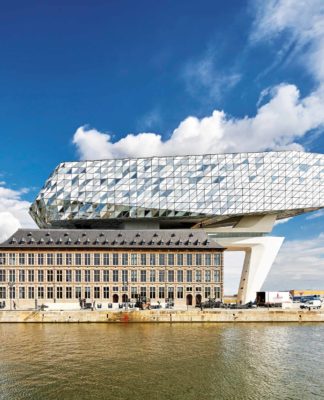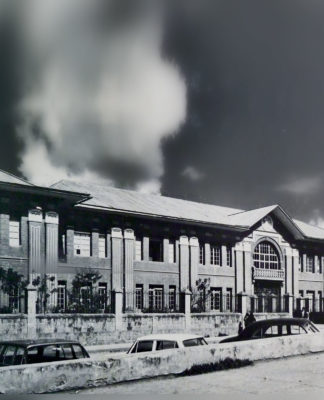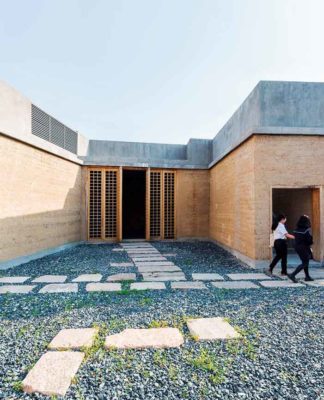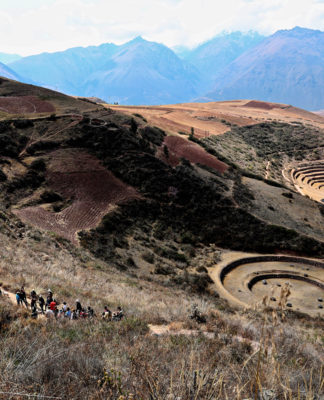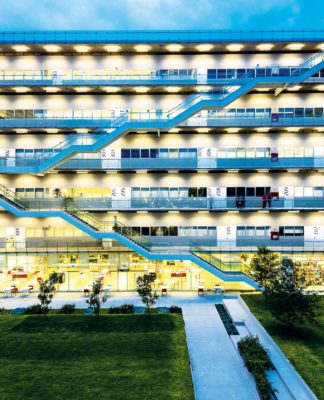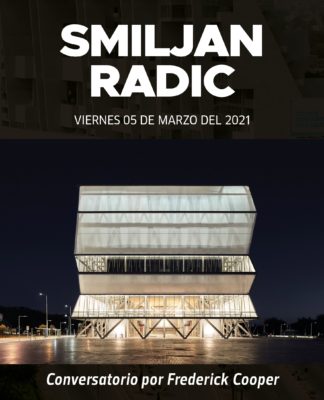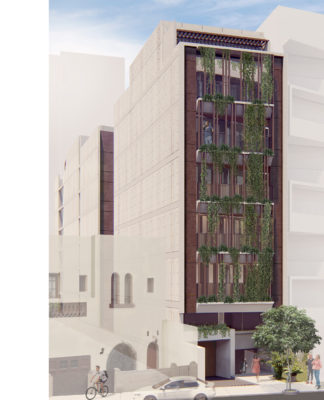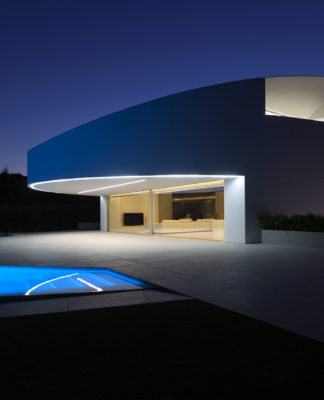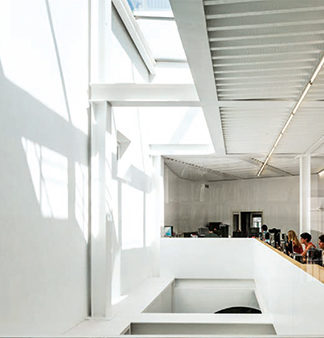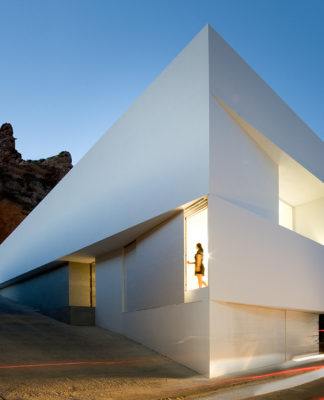El paisaje hidráulico en el urbanismo prehispánico de Lima: el legado de los antiguos habitantes de Lima
Por Sofía Chacaltana / Gilda Cogorno / Abel Traslaviña
Introducción
Cuando llegaron los españoles al valle del Rímac se encontraron con un sistema hidráulico que era utilizado para irrigar la urbe Ichma. En efecto, el manejo del agua en el valle bajo del Rímac permitió que se desarrollara la antigua ciudad de Lima, donde antes de los Ichma habitaron los Lima, los constructores de una urbe agrícola que fue creciendo a lo largo de los siglos con sus grandes centros ceremoniales y políticos, sus caminos y canales diseñados con innovadores conceptos de tecnología hidráulica. Ello les permitió sostener a varios miles de habitantes y a una élite que se benefició políticamente de los excedentes.
The hydraulic landscape in the pre-Hispanic urbanism of Lima: the legacy of the ancient inhabitants of Lima
By Sofía Chacaltana / Gilda Cogorno / Abel Traslaviña
Introduction
When the Spaniards arrived in the Rímac valley; they found a hydraulic system that was used to irrigate the Ichma city. In fact, the management of water in the lower valley of the Rímac river allowed the development of the ancient city of Lima, where before the Ichma lived the Lima culture, the builders of an agricultural city that grew over the centuries with its large ceremonial and political centers, in which their roads and canals were designed with innovative hydraulic technology concepts. This allowed them to support several thousand inhabitants and an elite that politically benefited from the surplus.

